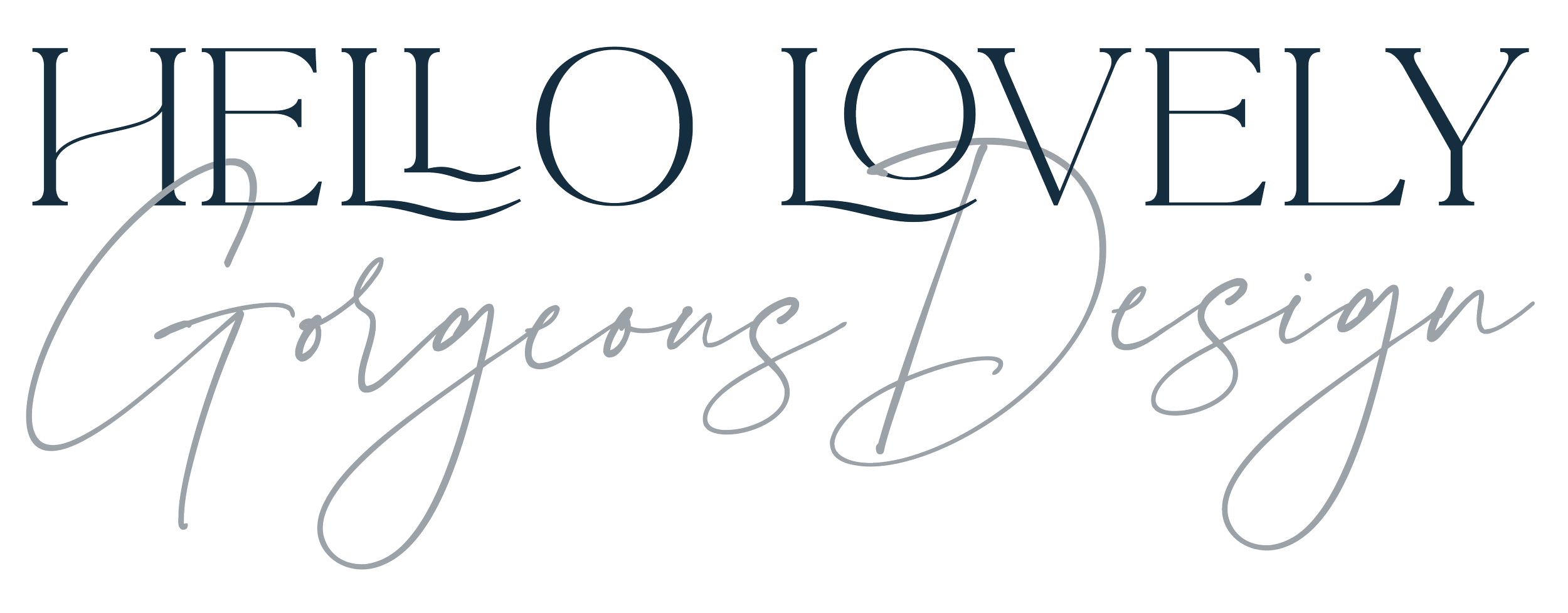I was asked if I could write a post explaining some of the terms used in print design. If I’ve missed anything, you can always ask me! I welcome your questions and will do my best to answer or find someone who does!
Read MorePage planning is a key part of any multiple page document. It’s a guide for all the people who form part of a project and a really useful overview for designers, editors and authors, saving time and money by making best use of space and printing savvy.
Read MoreIn my time I’ve unravelled lots of interesting problems. Some are workarounds often constrained by time and/or tech. Occassionally there aren’t sufficient in-house resources or a supplier has let the client down. Often it is repurposing old content for our digital era. Here’s a case study to inspire you.
Read MoreEager to crack open an image editing programme and get working on an image ready for Insta? Hang on a sec! Here’s a few points to consider before you do…
Read MoreI was reading a post on a forum last week that asked about employing a formatter and it’s inspired these words as I felt it might be useful to untangle the language and roles. I also tested out Vellum to explore what apps offer and compared this to my bespoke skills. This post walks you though the Hello Lovely book page design process, explains what software I use, why and the stages, plus who to involve, what they do and why you may need them. The post covers print and ebook design across fiction and non-fiction.
Read MoreYou’ve heard the phrase ‘judge a book by its cover’, I’m sure and it’s very true when it comes to publishing, in particular, self-publishing when authors have more control of spend and choices. What to put on the cover and how to brief it, who to commission and who does what can be exhausting and overwhelming. I’m going to assume you’re an interested author. This blog post aims to give an overview of the styles of book covers, who does what and best practice. Grab a seat and a cuppa as it’s going to be a long but useful post!
Read MoreEarlier this summer, Carter and Cone and David Berlow’s Font Bureau removed all their fonts from the Adobe Font library. In March, House Industries also retired their fonts. Carter and Cone’s decision took away 50 families or 700 fonts. This isn’t uncommon, not all business relationships are endless, but it has an impact on creative work.
Read MoreThese powerful, first person stories begin their own story as words recorded by dedicated volunteers. The transcripts are managed by a talented team within the charity through the editorial and design process before being printed in hard back volumes. Often they arrive with few photos and what there is, isn’t always good quality. One particularly moving book presented a problem as the subject had no photos of his family at all, just his father’s watch.
Read More








